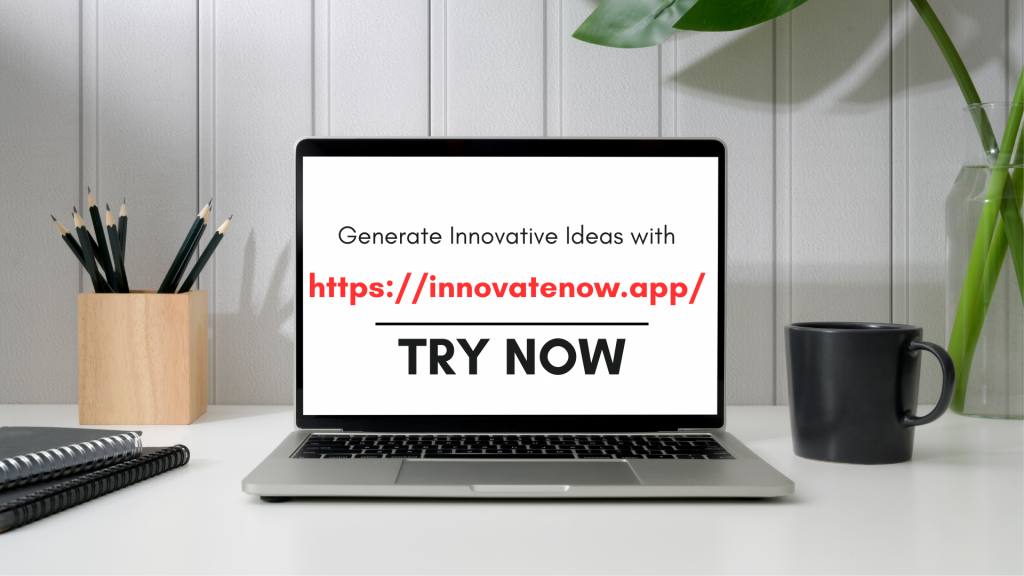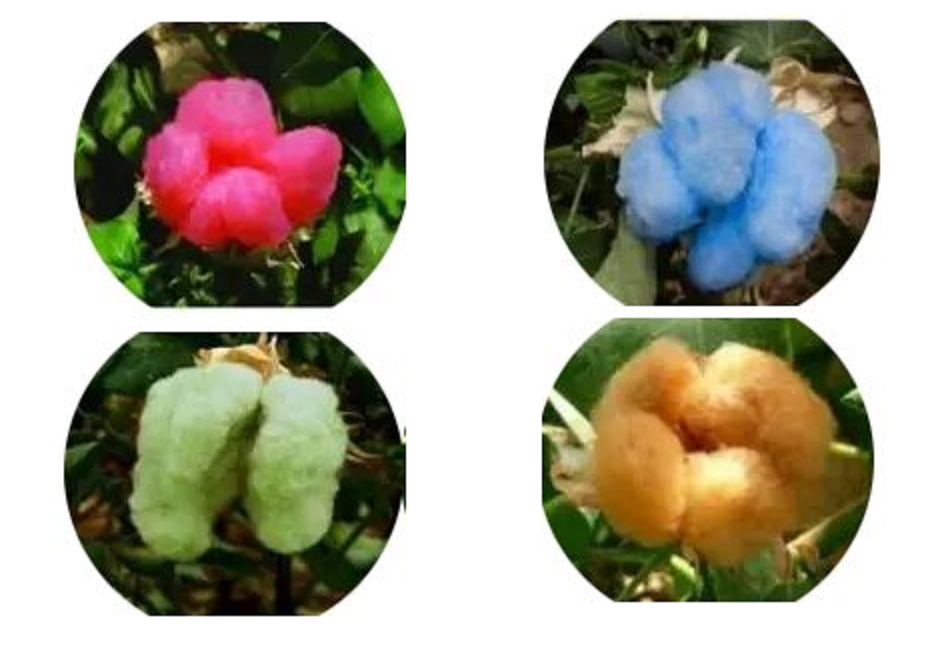The textile and clothing industry is one of the most dynamic and diverse sectors in the global economy, with a wide range of products, markets, and technologies. It is also facing many challenges and opportunities, as it adapts to changing consumer preferences, environmental pressures, geopolitical uncertainties, and technological innovations. In this article, We will explore the top 10 trends in textile and clothing industry in 2023.
1. Sustainability and circularity
Sustainability and circularity are not new concepts for the textile and clothing industry, but they have become more urgent and important in the wake of the COVID-19 pandemic, which exposed the vulnerabilities and inefficiencies of the linear production model. Consumers are increasingly demanding more transparency, accountability, and responsibility from brands and retailers, as they become more aware of the environmental and social impacts of their fashion choices. According to a survey by McKinsey & Company, 67 percent of consumers consider the use of sustainable materials to be an important purchasing factor, and 63 percent consider a brand’s promotion of sustainability to be important.
The textile and clothing industry is responding to these demands by adopting more circular practices, such as using recycled or biodegradable materials, designing for durability and repairability, reducing waste and emissions, and promoting reuse and recycling. Some examples of circular initiatives in the industry are:
- The Ellen MacArthur Foundation’s Jeans Redesign project, which sets guidelines for denim brands and manufacturers to produce jeans that are more durable, recyclable, and made with minimal environmental impact.
- The H&M Group’s Looop machine, which allows customers to transform their old garments into new ones in-store, using a closed-loop system that shreds, cleans, spins, and knits the fibers without water or chemicals.
- The Zalando Pre-owned platform, which enables customers to buy and sell second-hand fashion items online, with free shipping and returns, quality checks, and carbon offsetting.
2. Digitalization and innovation
Digitalization and innovation are key drivers of growth and competitiveness for the textile and clothing industry, as they enable faster, smarter, and more personalized production and consumption. The COVID-19 pandemic accelerated the adoption of digital technologies across the value chain, from design and development to sourcing and distribution. According to a report by Business of Fashion and McKinsey & Company, 71 percent of fashion executives expect their investments in digitalization to increase in 2023.
Some of the digital technologies that are transforming the textile and clothing industry are:
- Artificial intelligence (AI) and machine learning (ML), which can enhance creativity, efficiency, quality, and customer satisfaction. For instance, Stitch Fix uses AI to create personalized recommendations for its online styling service, based on data from customers’ preferences, feedback, and behavior. Levi’s uses ML to optimize its denim finishing process, reducing water consumption by up to 96 percent.
- 3D technologies, such as 3D scanning, modeling, printing, and knitting, which can enable more accurate fit, customization, prototyping, and on-demand production. For example,
- Nike uses 3D scanning to measure customers’ feet and create personalized shoes with optimal comfort and performance.
- Adidas uses 3D printing to produce midsoles for its Futurecraft sneakers, which can be customized to different cushioning levels.
- Unmade uses 3D knitting to create bespoke knitwear for brands such as Ralph Lauren and Tommy Hilfiger, allowing customers to choose from various colors, patterns, and styles.

3. Localization and diversification
Localization refers to the shift from global to regional or local sourcing and production networks, which can reduce lead times, transportation costs, carbon footprint, and dependence on foreign suppliers. Diversification refers to the expansion of product portfolios or market segments, which can increase revenue streams, customer loyalty, and resilience.
Some examples of localization and diversification in the industry are:
- Gap Inc., which announced plans to close about 350 stores in North America by 2024 and focus on its online channels and outlets.
- PVH Corp., which acquired a majority stake in Gazal Corporation Limited, an Australian apparel company that distributes PVH’s brands such as Calvin Klein and Tommy Hilfiger in the region.
- Lululemon, which launched a new product category called Selfcare, which includes personal care products such as deodorant, dry shampoo, and lip balm.
4. Inclusivity and diversity
Inclusivity and diversity are essential values for the textile and clothing industry, as they reflect the needs and aspirations of a diverse and global customer base. The industry is becoming more inclusive and diverse in terms of size, gender, age, ethnicity, culture, and ability, as well as in terms of representation, participation, and empowerment.
Some examples of inclusivity and diversity in the industry are:
- Universal Standard, which offers clothing in sizes 00 to 40, with a Fit Liberty program that allows customers to exchange items for free if their size changes within a year.
- Fenty, which is a luxury fashion brand founded by Rihanna, which celebrates diversity and inclusivity in its products, models, and campaigns.
- Tommy Adaptive, which is a line of clothing by Tommy Hilfiger that features easy closures, adjustable fits, and sensory-friendly fabrics for people with disabilities.
5. Social responsibility and activism
Social responsibility and activism are becoming more important for the textile and clothing industry, as consumers are increasingly demanding that brands and retailers take a stand on social and political issues that affect them and their communities. The industry is also facing more scrutiny and pressure from regulators, investors, media, and civil society groups to address its social impacts, such as labor rights, human rights, health and safety, and diversity and inclusion. According to a survey by Accenture, 62 percent of consumers want companies to take a stand on current and broadly relevant issues such as sustainability, transparency, or fair employment practices.
Some examples of social responsibility and activism in the industry are:
- Patagonia, which is a outdoor clothing company that is known for its environmental and social activism, such as donating 1 percent of its sales to environmental causes, supporting grassroots movements, and suing the Trump administration over public lands.
- Benetton, which is a fashion brand that is famous for its controversial and provocative advertising campaigns that address social issues such as racism, war, AIDS, immigration, and violence against women.
- Everlane, which is an online clothing retailer that practices radical transparency, by revealing the cost breakdown, factory information, and environmental impact of each product.
6. Personalization and customization
Personalization and customization are key differentiators for the textile and clothing industry, as they offer more value, satisfaction, and loyalty to customers, who are looking for products that suit their individual needs, preferences, and styles. The industry is leveraging digital technologies, such as AI, ML, big data, and 3D technologies, to enable more personalization and customization options, such as fit, color, design, function, and monogramming. According to a report by Deloitte, 36 percent of consumers are interested in personalized products or services.
Some examples of personalization and customization in the industry are:
- Stitch Fix, which offers a personalized online styling service that delivers curated boxes of clothing and accessories to customers based on their profiles, preferences, and feedback.
- Nike By You, which allows customers to design their own shoes online or in-store, by choosing from various materials, colors, patterns, and details.
- Ministry of Supply, which uses 3D printing to create custom-fit blazers for customers in 90 minutes.
7. Co-creation and collaboration
Co-creation and collaboration are emerging trends in the textile and clothing industry, as they foster innovation, creativity, and engagement among various stakeholders, such as brands, designers, manufacturers, suppliers, retailers, customers, and influencers. The industry is using digital platforms, such as social media, e-commerce, and crowdsourcing, to facilitate co-creation and collaboration opportunities, such as ideation, feedback, voting, funding, and promotion. According to a report by WGSN, 55 percent of consumers want to be involved in the design process of products.
Some examples of co-creation and collaboration in the industry are:
- Uniqlo U-Craft, which is a platform that allows customers to create their own T-shirts using Uniqlo’s fabrics and patterns.
- Gucci DIY, which is a service that allows customers to customize their Gucci products with various options such as patches, embroidery, monograms, and colors.
- H&M x Simone Rocha, which is a collaboration between H&M and the Irish designer Simone Rocha that features a collection of clothing and accessories inspired by Rocha’s signature style.
8. Wellness and health
Wellness and health are important aspects for the textile and clothing industry, as they reflect the growing awareness and demand for products that enhance the physical and mental well-being of customers. The industry is developing more wellness and health-oriented products, such as functional fabrics that can regulate temperature, moisture, odor, or UV protection; wearable devices that can monitor vital signs or fitness levels; or therapeutic garments that can provide massage or aromatherapy. According to a report by GlobalData, the global market for wellness apparel is expected to grow at a compound annual growth rate (CAGR) of 6.8 percent from 2018 to 2023.
Some examples of wellness and health-oriented products in the industry are:
- Under Armour UA HOVR, which is a line of running shoes that feature a sensor that connects to an app that tracks and analyzes the runner’s performance.
- Lululemon Like Nothing Bra, which is a bra that uses a seamless construction and an engineered knit fabric that adapts to the wearer’s shape and movement.
- Vollebak Relaxation Hoodie, which is a hoodie that uses a color therapy system that changes from red to blue to green to help the wearer relax.
9. Experience and entertainment
Experience and entertainment are vital elements for the textile and clothing industry, as they enhance the customer journey and create memorable moments that generate emotional connections and brand loyalty. The industry is creating more immersive and interactive experiences for customers, such as virtual reality (VR), augmented reality (AR), gamification, live streaming, or pop-up events. According to a report by PwC, 78 percent of consumers say they value experiences over things.
Some examples of immersive and interactive experiences in the industry are:
- Tommy Hilfiger TommyNow, which is a series of fashion shows that feature VR headsets, AR filters, live streaming platforms, and shoppable runways.
- Burberry B Series, which is a monthly drop of limited-edition products that are exclusively available on Burberry’s social media channels and messaging apps.
- Adidas x Parley Run for the Oceans, which is a global running event that raises awareness and funds for ocean conservation.
10. Resilience and agility
Resilience and agility are essential capabilities for the textile and clothing industry, as they enable it to cope with the uncertainties and disruptions caused by factors such as climate change, geopolitical tensions, and consumer behavior changes. The industry is adopting more resilient and agile practices, such as scenario planning, risk management, contingency planning, and flexible production and distribution systems. According to a report by McKinsey & Company, fashion companies that are more resilient and agile have outperformed their peers in terms of revenue growth and profitability.
Some examples of resilient and agile practices in the industry are:
- Zara is known for its fast fashion model. It can respond quickly to changing customer demands and market trends. It uses a network of local suppliers, advanced data analytics, and frequent store deliveries.
- Uniqlo, which is known for its LifeWear concept that offers high-quality, functional, and timeless clothing. These can adapt to different seasons, occasions, and lifestyles, by using innovative fabrics, simple designs, and global sourcing.
- Everlane is known for its transparent pricing model that shows the true cost of each product and the markup. It uses a lean inventory system, direct-to-consumer channels, and dynamic pricing.
Conclusion
The textile and clothing industry is undergoing a profound transformation in 2023. It faces many challenges and opportunities in a rapidly changing world. The industry is embracing more sustainable and circular practices, digital and innovative technologies localized and diversified strategies, inclusive and diverse values, social and responsible actions, personalized and customized products, co-creative and collaborative opportunities, wellness and health-oriented products, immersive and interactive experiences, and resilient and agile capabilities. These trends are not only shaping the industry’s present, but also its future.
Here are five actionable insights:
- Invest in digitalization and innovation to enhance creativity, efficiency, quality, and customer satisfaction.
- Adopt circularity as a core principle to reduce environmental impact, increase resource efficiency, and create value for customers.
- Embrace diversity and inclusion as a competitive advantage to cater to a diverse and global customer base.
- Engage with customers and stakeholders through co-creation and collaboration to foster innovation, engagement, and loyalty.
- Build resilience and agility to cope with uncertainties and disruptions by adopting scenario planning, contingency planning, and flexible production systems.



